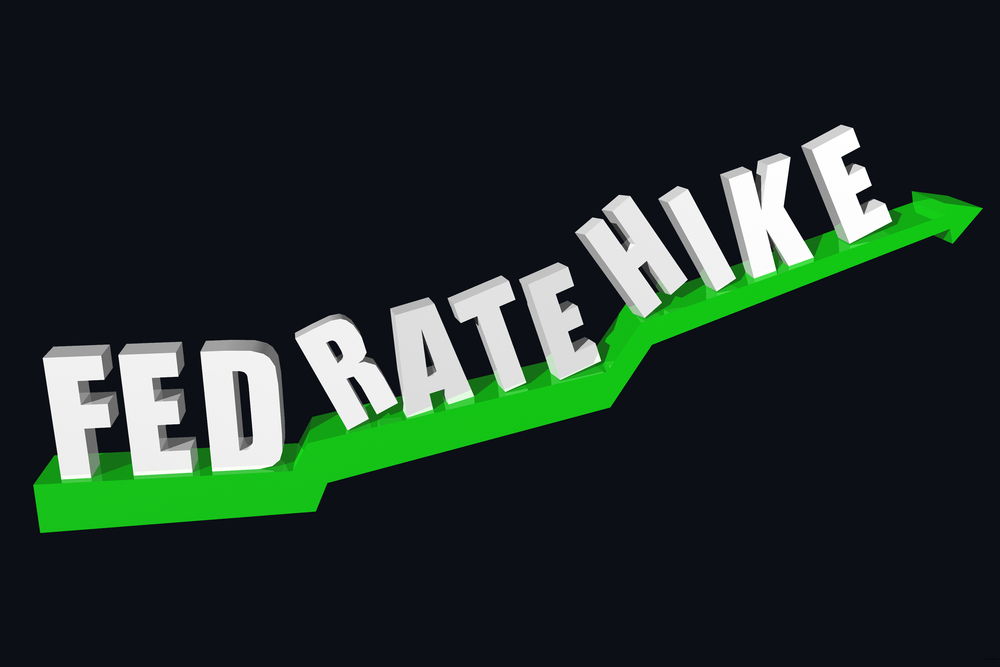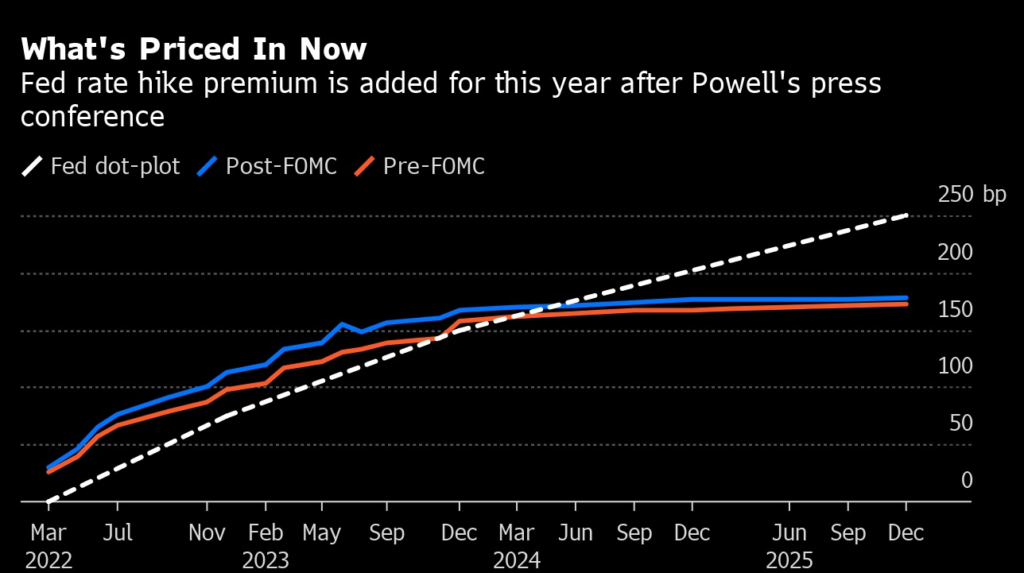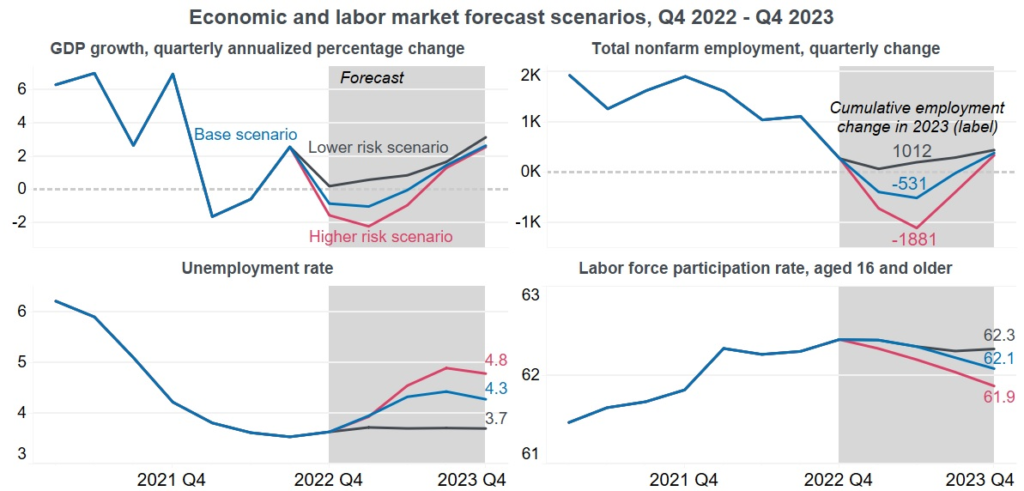Key Takeaways:
- The Federal Reserve has its hands full with a fine balance between raising interest rates and the risk of recession.
- Most economists forecast that the Fed will cease raising interest rates at some point in 2023, but officials have expressed 2024 as more realistic.
- People are still determining how it will turn out. The Fed will stop inflation, but will they go too far with rate hikes?

WISCONSIN (CoinChapter.com) — Federal Reserve officials will soon have to determine whether to stop making it more expensive to borrow money after its rate hikes last year at a rate not seen since the last time inflation rose this high 40 years ago. The outcome might seriously affect American consumers’ purchasing power, the labor market, and the national economy.
Although pausing rate increases isn’t imminent, discussing when to halt could soon ramp up.
The rate increase in February was only a quarter of a percentage point, down from the enormous half-point and three-quarter-point hikes the Fed maintained for six consecutive sessions and the smallest rate increase since last March.

The Fed may decide that it needs to do more. Any Fed pause could be brief if rate hikes are cut down too fast, and inflation is kept high. Federal Reserve Chairman Jerome Powell acknowledged that not doing enough is far riskier and that doing too much is much easier to remedy than doing too little.
When Will the Fed End Its Rate Hikes?
The majority of economists forecast that the Fed will cease raising interest rates at some point in 2023, but it’s more crucial to know “where” rates peak, or what’s known as the “terminal” rate, rather than “when.”

The Fed is still raising rates even though it has started doing so gradually. Fed officials projected the eventual goal for interest rates to be between 5% and 5.25%, which indicates the Fed will probably increase rates by a further 50 basis points before reversing course.
The US Economy Is Not Cooperating
The US economy and inflation have stayed the same as expected, making forecasting challenging. For example, the Fed only projected a 4.3% price increase in March 2022. But as of October, they have increased by 6%.
Because each Fed official has a distinct idea of when enough is enough, knowing when to stop rising rates can be challenging. The US Central Bank can approve a rate increase with a majority vote,
In December, a sizable contingent of Fed officials admitted they envisaged rates increasing even higher than the average 5%-6.25%. For instance, five officials predicted that rates would be between 5.25% and 5.5% by the end of 2023 and called for an additional full percentage point of rate increases. Another pair of experts predicted that rates would rise another 1.25 percentage points from here to a 22-year high of 5.5%-5.75%.
What is Affecting the Inflation Situation?
The situation with inflation is swiftly changing. Improved supply chains and declining energy costs have tempered rising auto, gas, and electronics prices. In addition, the Department of Labor reports that food inflation increased 11.8% in December from a year earlier, just slightly slowing from its 43-year peak of 13.5% in August.
Housing is also impacted by inflation. As leases increase from their coronavirus pandemic-era lows, rents increased by 8.3% from a year earlier for three consecutive months, the largest price surge in 40 years.
Much to blame for those price hikes is a labor market that has yet to cool off despite the Fed tightening by 4.25 percentage points. There are still 1.9 open positions for every unemployed person, which is close to the record-high imbalance between the supply and demand of labor.
Employers are increasing pay at the quickest rate in more than 20 years to entice talent, but businesses passing on increased costs to consumers by raising the prices of their products may repeat the vicious cycle. Wage growth is slowing, indicating progress, but it can take some time before price hikes return to a more tolerable level for consumers.
Officials Are Not Planning Any Rate Hikes Reduction Until 2024
Mr. Powell stated, “History warns against hasty policy easing. So we’ll keep going till the project is finished. However, participants in the market are less persuaded. Investors believe the Fed will only maintain high rates for a short time.
According to experts, investors believe the Fed will need to decrease rates because the US economy may experience a recession next year, hurting the labor market and raising inflation over what the Fed anticipates.
Mr. Powell also said, “A restrictive policy attitude will be needed for some time.”
A Recession May Be Up Next

The Fed is open to talking about the effects of higher rates.
Although they have refrained from declaring an anticipated recession, they agree that suffering may be in store. According to the most recent predictions made by policymakers in December, unemployment may increase by 1.2 percentage points to 4.6% by 2023 from its present level of 3.7%.
That has never occurred when the US economy is not struggling.
People are still determining how it will turn out. The Fed will stop inflation no matter what – the danger is going overboard.


